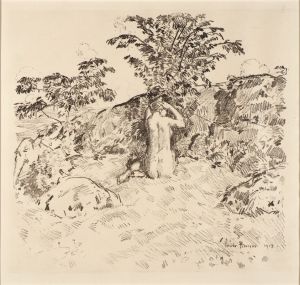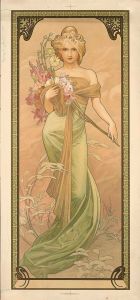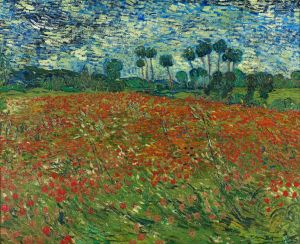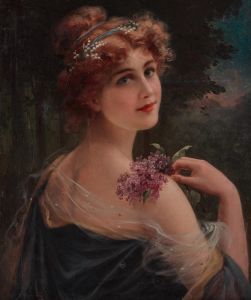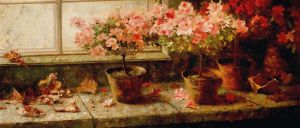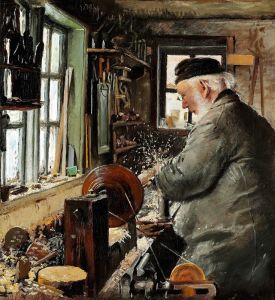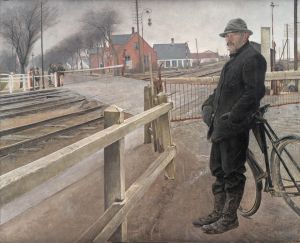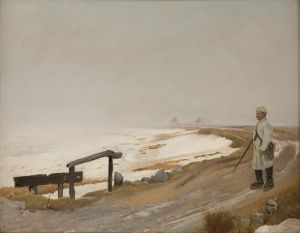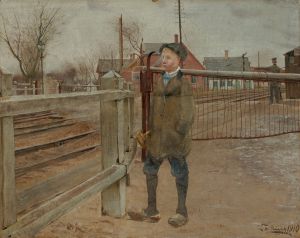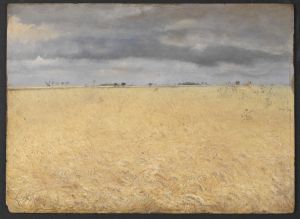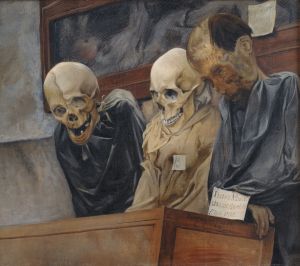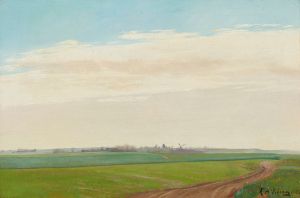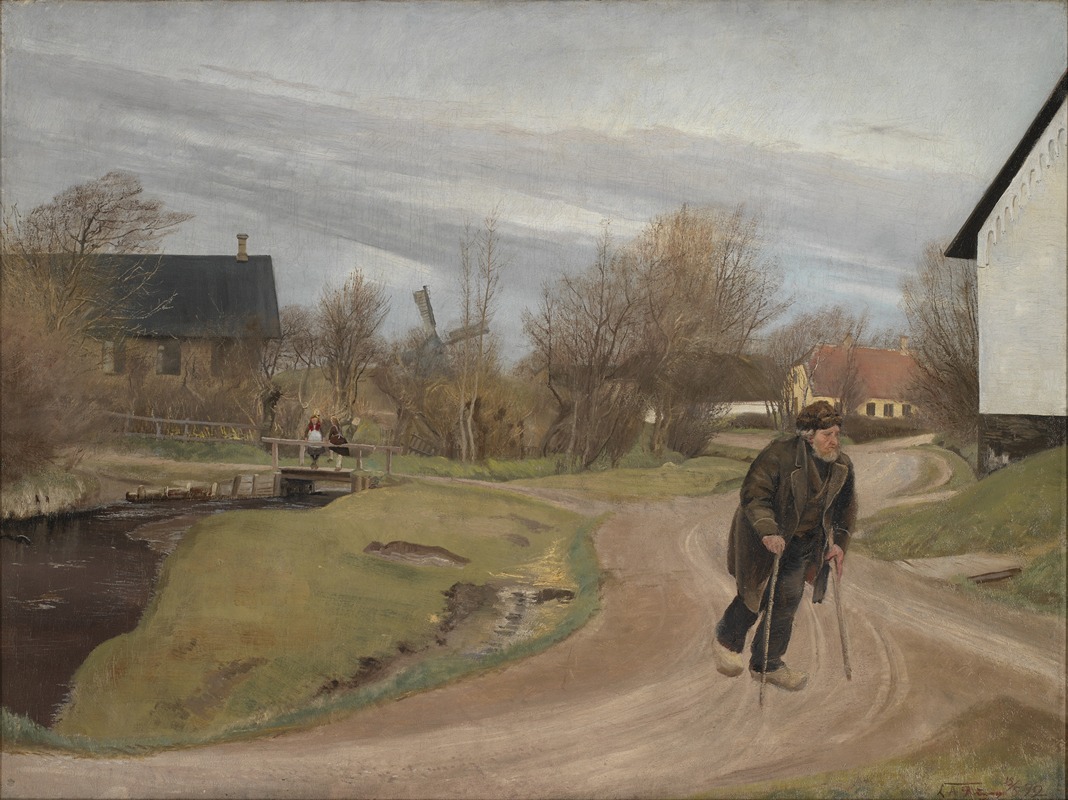
Springtime in Hals, Jutland
A hand-painted replica of Laurits Andersen Ring’s masterpiece Springtime in Hals, Jutland, meticulously crafted by professional artists to capture the true essence of the original. Each piece is created with museum-quality canvas and rare mineral pigments, carefully painted by experienced artists with delicate brushstrokes and rich, layered colors to perfectly recreate the texture of the original artwork. Unlike machine-printed reproductions, this hand-painted version brings the painting to life, infused with the artist’s emotions and skill in every stroke. Whether for personal collection or home decoration, it instantly elevates the artistic atmosphere of any space.
Laurits Andersen Ring was a prominent Danish painter associated with the Symbolist movement and known for his contributions to Danish art in the late 19th and early 20th centuries. His works often depicted rural life and landscapes, capturing the essence of Danish countryside with a unique blend of realism and symbolism. One of his notable works is "Springtime in Hals, Jutland," which exemplifies his style and thematic focus.
"Springtime in Hals, Jutland" is a painting that reflects Ring's deep connection to the Danish landscape and his ability to convey the subtle beauty of nature. Although specific details about this particular painting are limited, it is consistent with Ring's broader oeuvre, which often features scenes from rural Denmark, characterized by a serene and contemplative atmosphere.
Ring was born in 1854 in the village of Ring in Zealand, Denmark, and he initially trained as a craftsman before pursuing a career in art. He studied at the Royal Danish Academy of Fine Arts in Copenhagen, where he was influenced by the emerging trends of realism and naturalism. Over time, Ring developed a distinctive style that combined these influences with elements of symbolism, allowing him to explore deeper themes within his work.
Throughout his career, Ring was particularly interested in the changing seasons and the passage of time, themes that are often reflected in his landscapes. His paintings frequently depict the Danish countryside, with its rolling fields, quaint villages, and ever-changing skies. In "Springtime in Hals, Jutland," Ring likely captures the essence of spring, a time of renewal and growth, which is a recurring motif in his work.
Ring's ability to infuse his landscapes with a sense of mood and emotion is one of his defining characteristics. His use of color and light often creates a contemplative and introspective atmosphere, inviting viewers to reflect on the beauty and transience of nature. This approach aligns with the Symbolist movement, which sought to express the underlying emotions and ideas behind the visible world.
In addition to his landscapes, Ring also painted portraits and genre scenes, often focusing on the lives of ordinary people. His work is noted for its attention to detail and its ability to convey the dignity and resilience of rural life. Ring's paintings are celebrated for their authenticity and their ability to capture the spirit of Denmark during a period of significant social and cultural change.
Laurits Andersen Ring's contributions to Danish art have been widely recognized, and his works are held in high regard both in Denmark and internationally. His paintings are part of the collections of major museums, including the National Gallery of Denmark and the Hirschsprung Collection in Copenhagen. Ring's legacy continues to influence contemporary artists and his works remain a testament to his skill and vision as a painter.
While specific information about "Springtime in Hals, Jutland" is limited, it is clear that this painting is part of Ring's broader exploration of the Danish landscape and his interest in capturing the beauty and complexity of rural life. Through his art, Ring offers a window into the world of late 19th and early 20th century Denmark, inviting viewers to appreciate the timeless beauty of the natural world.





